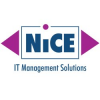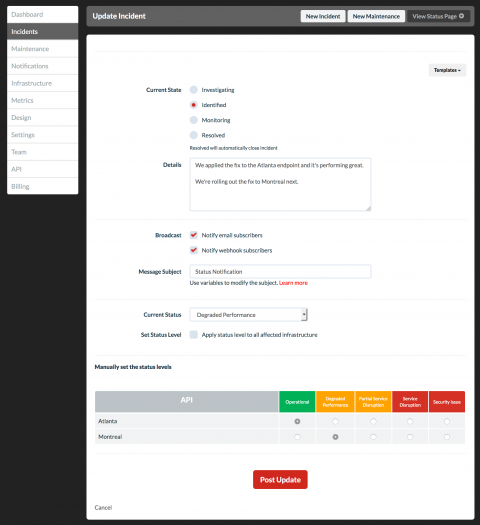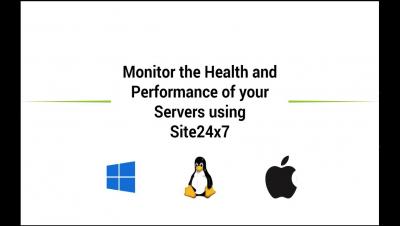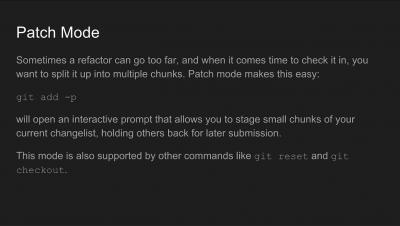Operations | Monitoring | ITSM | DevOps | Cloud
opsdemon
Latest posts
Realtime Database Monitoring with Stackdriver
We're happy to announce that the Realtime Database has integrated with Google Stackdriver! This integration allows you to monitor your Realtime Database in powerful new ways. Here are some of the highlights.
Enhancements for Incidents and Maintenances
Each day, dozens (sometimes hundreds) of incidents and maintenances are created on the Status.io platform. We’ve analyzed and studied thousands of these events to help us learn how to improve the tools based on our users’ needs. Today we’re announcing a couple of updates that enhance and streamline the incident and maintenance processes. Let’s dive in!
Uptrends moves up the ranks on Main Software Top 50 2017
We’ve moved up nine places in the rankings from number 18 in 2016 to number nine in 2017 on the Investment firm of Main Capital Partners’ list of the top 50 Dutch software companies. The rankings are calculated based on each companies’ revenue (in and out of Europe), growth, and SaaS revenue. For the last six years, Main Capital Partners have published their Main 50 list to celebrate the Dutch technology industry.
Monitor the health and performance of your Servers with Site24x7
Mattermost Dev Talk - Git Tips and Tricks
5 Reasons AlertOps is a Better Alternative to OpsGenie
Determining which incident management and alert escalation software is right for your business, and teams can be challenging. Tools should empower and enable your team to work more flexibly to achieve goals faster.
How To Reduce Website Downtime
In an ideal world every site would have 100% uptime, 24/7, 365. However, the reality is not so perfect – hardware failures, DNS issues, DDoS attacks, server maintenance, software problems and poor hosting are among the many causes of downtime. It’s not all doom and gloom though – by following a few practical steps you can really cut down on your downtime.
Up 0.4.0-Alerting, Encrypted Environment Variables, and 30% Quicker
This is the first official release of Up Pro, which includes a number of improvements over the open-source version for production applications. If you’re unfamiliar with Up, it’s a tool which helps you manage and deploy serverless apis, apps and websites in seconds to your own AWS infrastructure. In short: it’s the easiest way to deploy Node.js, Golang, Python among others to AWS, and can cost as little as $1/mo to run or in some cases free.
Time for change? Affordable Pingdom alternative.
Our website monitoring solution is now available for two years and we have upgraded it with cool new features.


















